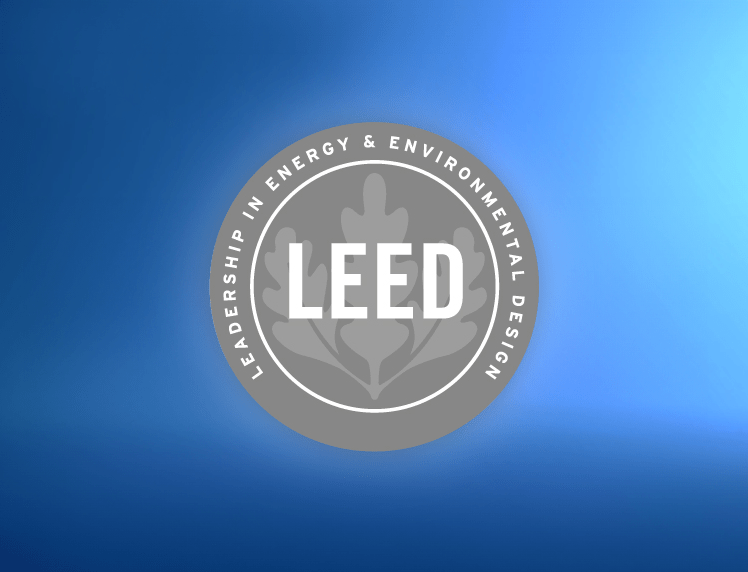The residual CO2 emissions from the products of the new Mapei ZERO line are fully offset; a commitment to quality that enables the construction and sustainable renovation of existing buildings, with an eye toward future generations, the well-being of the planet, and those who inhabit it.
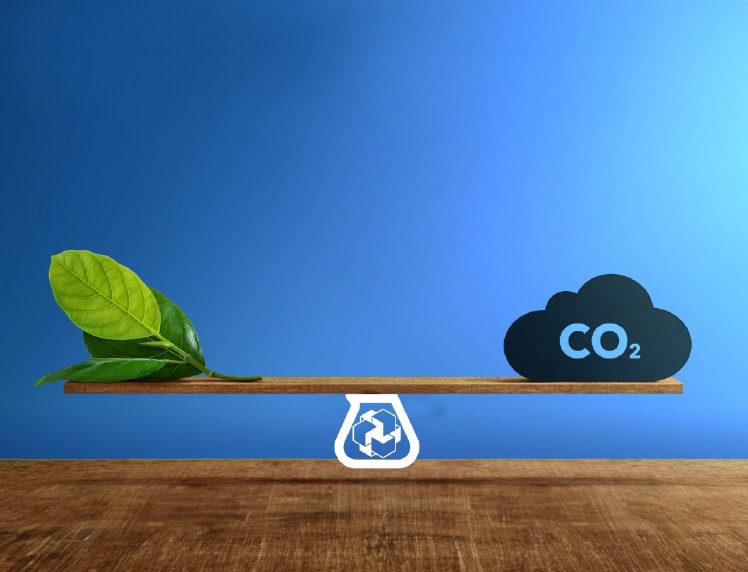

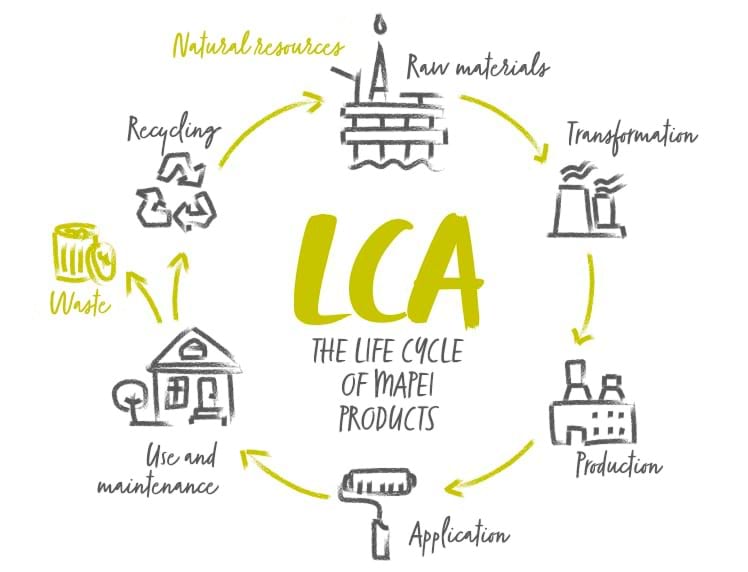
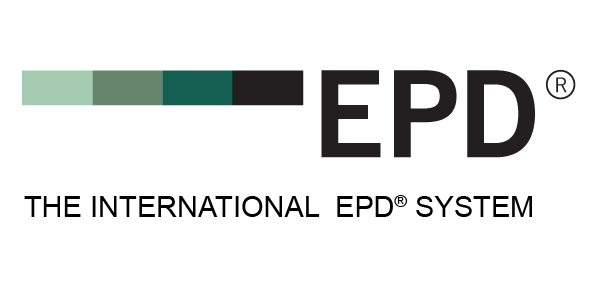
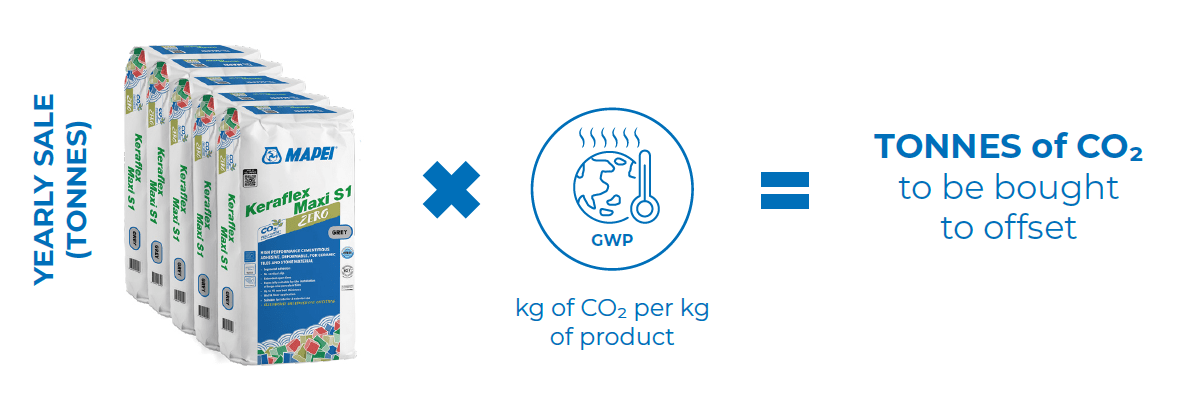


Green Star is an internationally recognised Australian sustainability rating and certification system.
Green Star certifies buildings not products. In order to obtain this certification, our products may contribute in four thematical areas:
For more information, visit their website.
